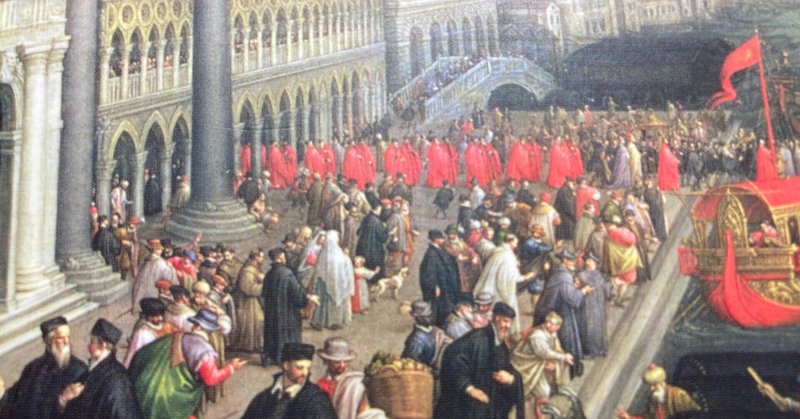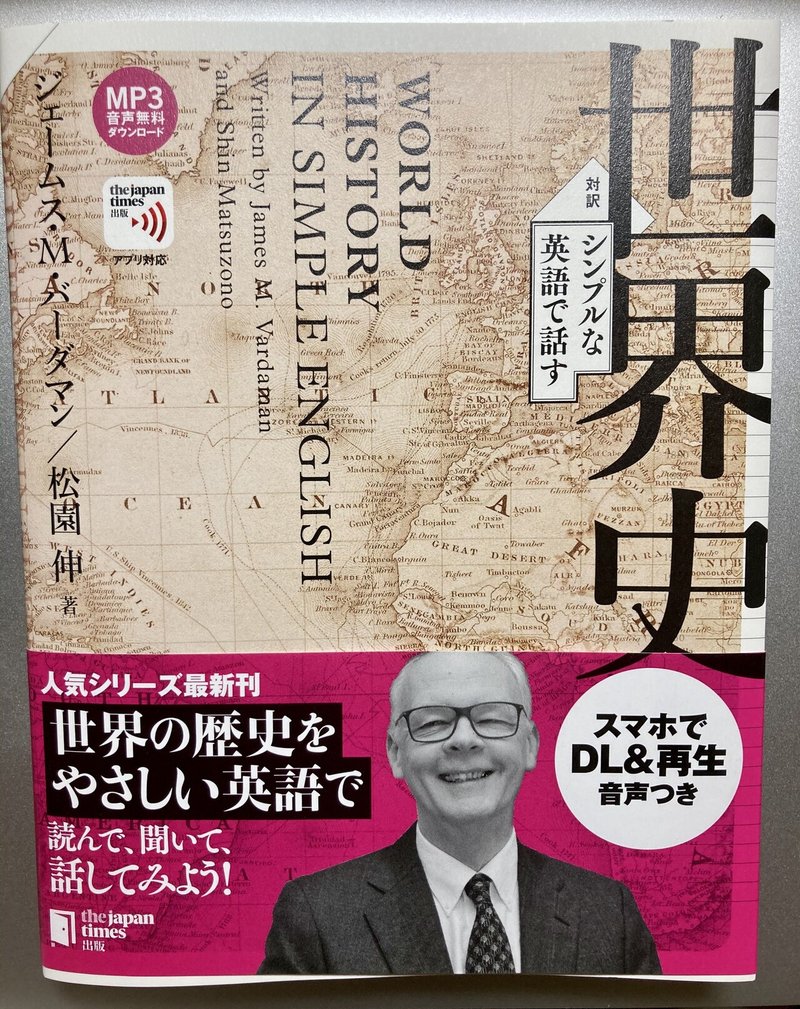
Venice: Ruler of the Mediterranean
Early Mediterranean cities competed for advantage in the valuable spice trade with southeastern Asia. A small group of merchants built a republic on a set of small islands in a lagoon in the Adriatic Sea, gradually connecting the islands with bridges and canals. They called it Venice.
The lagoon was shallow, so the city was protected from attack. From this location, the merchant families sought to control the trade between the Near East and Europe. They made Venice into an international power, with a mighty navy to enforce its right to trade.
Stimulated by their rival Byzantium to display their wealth, the merchant-aristocrats constructed the Church of San Marco, where they interred the relics of the St. Mark, founder of the Christian Church in Alexandria, Egypt. The Venetians took him as their patron saint and built an elegant church at the center of their island-city.
The Venetian merchants developed outposts in the Greek islands and replaced their original narrow galleys with copies of Arabic three-mast ships. The latter carried three times the cargo of the earlier ships. East-west trade in paper, gold, glass, carpets, silks, pepper, and slaves brought enormous prosperity to Venice from the 14th century onward, especially after the Crusades. Venice fought competitors like Florence and Genoa for dominance in trade from the Red Sea and the Indian Ocean.
Only after European powers facing the Atlantic—Spain, Portugal, the Netherlands, England and France—began their explorations in the 1500s, did the great Italian trading city of Venice go into decline.
(252 words)

この記事が気に入ったらサポートをしてみませんか?
